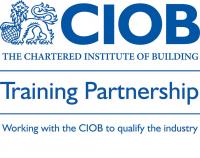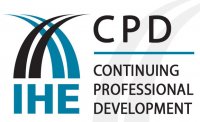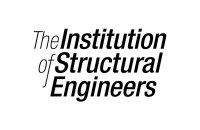Overview:
The 'Managing Safely' course is for those required to manage safely and effectively in compliance with both their organisation's policy and best practice in health and safety.
Aims & Objectives:
To ensure that safety requirements are appreciated by people employed as line managers, and to enable them to review their own departmental systems for safety, introducing new controls or implementing changes as appropriate to ensure safety in the workplace.
On successful completion of the course, delegates should be able to:
- Understand the fundamentals of 'managing safely'
- Explain the component parts of a recognised safety management systems such as HSG65, BS 8800 and OHSAS 18001
- Identify the data and techniques required to produce an adequate record of an incident and demonstrate the procedure for an accident investigation, recognising the human factors involved
- Describe methods of basic trend and epidemiological analysis for reactive monitoring data
- Define 'hazard' and 'risk', and describe the legal requirements for risk assessment technique and the data required for records
- Describe workplace precaution hierarchies
- Prepare and use active monitoring checklists and implement schedules for active monitoring, recording results and analysing records
- Outline the main provision of the Health and Safety at Work etc Act 1974 and the Management of Health and Safety Regulations 1999
- Outline relevant health and safety legislation, codes of practice, guidance
notes and information sources.
Course Outline:
Module 1 - Introducing Managing Safely
- Briefly discuss the key learning points:
- Why is it important to manage safely?
- What are your responsibilities as a manager?
- Explain the moral, legal and financial reasons for managing safety and how this is an integral part of the manager's role
- Examine how accidents happen
- Discuss the manager's accountability
Module 2 - Assessing risks
- Briefly discuss the key learning points:
- What is a risk?
- What is a risk assessment?
- How are risk assessments carried out?
- Explain that many everyday activities have the potential to cause harm
- Use everyday activities to demonstrate how hazards are identified
- Define what is meant by the term 'risk'
- Provide examples of likelihood and consequence
- Discuss how risk assessment can be introduced into working practices
- Specify what needs to be considered when carrying out a risk assessment
- Illustrate a simple risk rating system.
Module 3 - Controlling risk
- Briefly discuss the key learning points:
- How do you reduce risk?
- How do you decide which risk control to use?
- Discuss how risk controls are decided and the best methods to choose
- Define the term 'reasonably practicable'.
Module 4 - Understand your responsibilities
- Briefly discuss the key learning points:
- What does the law require you to do?
- How does the law work?
- What are the key parts of a health and safety management system?
- Make sure delegates have an understanding of their health and safety responsibilities
- Define the term 'reasonably foreseeable'
- Review the demands of the law and how the legal system works
- State the key benefits of introducing a health and safety management system into their organisation
Module 5 - Identifying hazards
- Briefly discuss the key learning points:
- What are common hazards?
- What can you do about common hazards?
- Give an overview of some common hazards:
- entrances and exits
- aggression, bullying and violence
- computer workstations
- chemicals and substances
- electricity
- housekeeping
- fire and emergency procedures
- manual handling
- movement of people
- noise
- lighting
- slips, trips and falls
- stress
- temperature and welfare
- vehicles, plant and machinery
- working at height
- Any other relevant hazards
Module 6 - Investigating accidents and incidents
- Briefly discuss the key learning points:
- Why investigate accidents and incidents?
- How do accidents and incidents happen?
- How do you carry out an investigation?
- Define the terms 'accident', 'incident', and 'near miss'
- Consider the main causes of accidents: immediate, underlying and root
- Make sure that delegates understand:
- why accidents happen and why they should be investigated
- how to carry out an investigation
- what needs to be included in an investigation
- what to include in an accident report
- what has to be reported to the authorities
- who is responsible for reporting
- what information can be used to stop the accident, incident or near miss happening again
- the benefits of accident investigation
Module 7 - Measuring performance
- Briefly discuss the key learning points:
- What's performance measurement about?
- How do you measure health and safety performance?
- What is auditing?
- Analyse how checking performance can help to improve health and safety
- Explain the purpose of key performance indicators and limitations of reactive and proactive measuring
- Demonstrate how the injury frequency rate is calculated
- Discuss the main objectives of an audit and the differences between an internal and external audit
- Consider what has to be audited
Module 8 - Protecting our environment
- Briefly discuss the key learning points:
- What is the impact on the environment?
- How can you control pollution and waste?
- What are the main elements of an environmental management system?
- Describe what is meant by 'the environment'
- Define what is meant by 'pollution' and 'waste', and provide examples
- State the benefits of introducing an environmental management system.
Intended For:
Any person who has to manage risk and resources within their organisation








